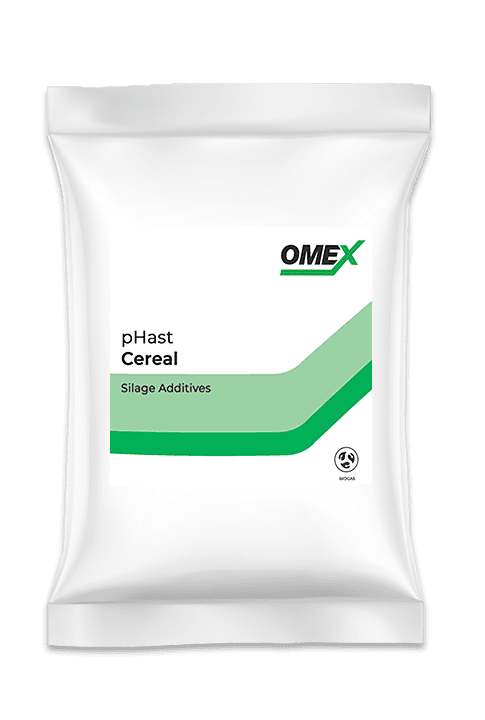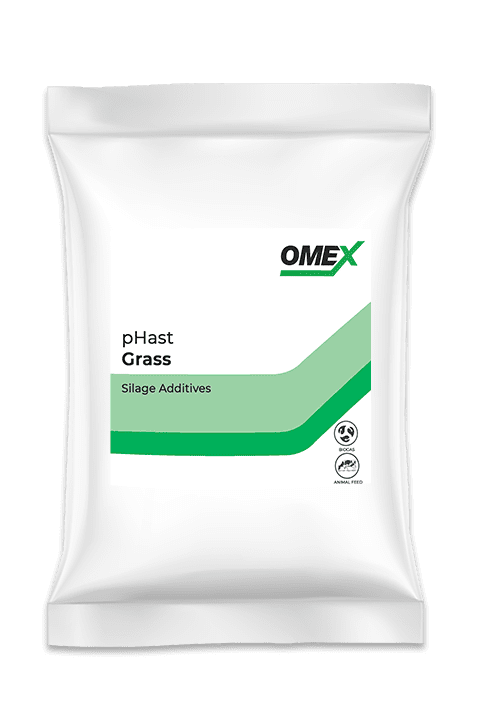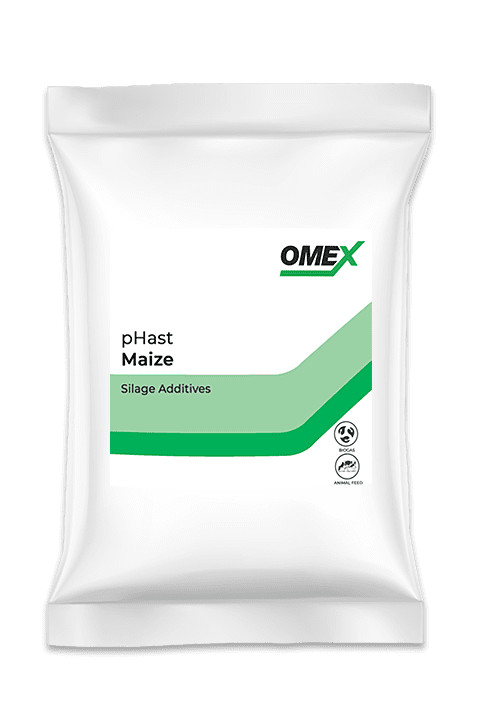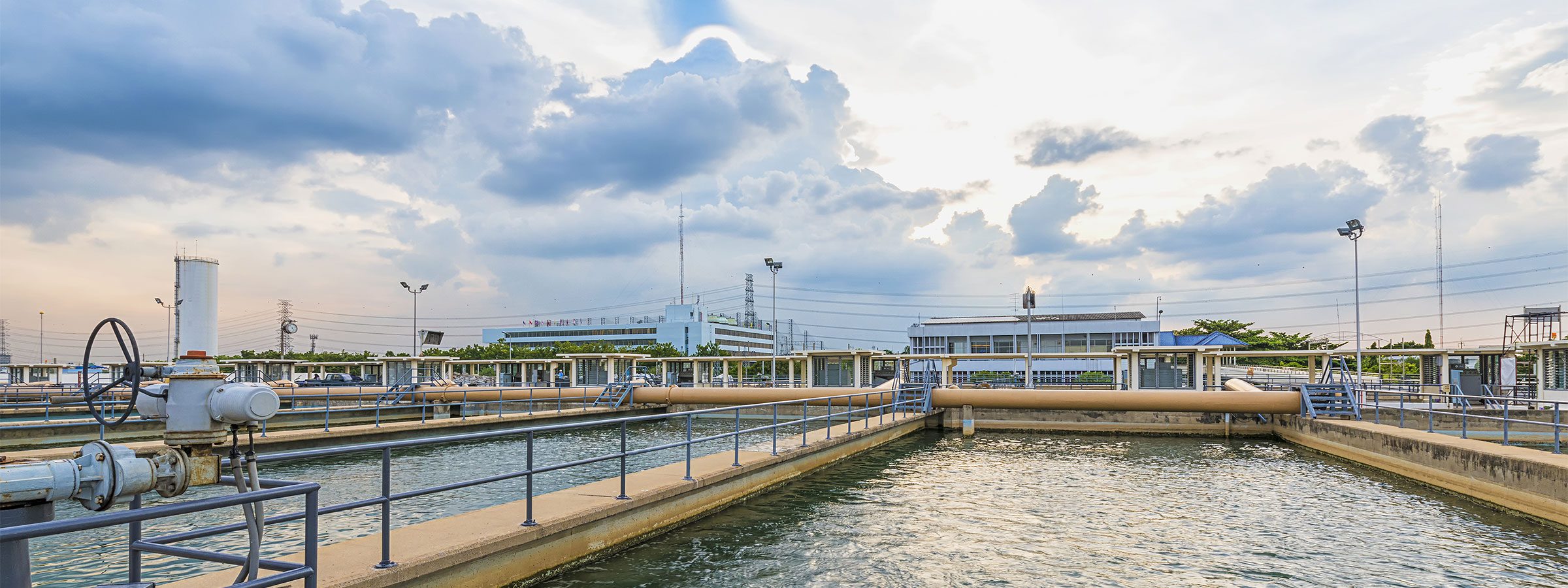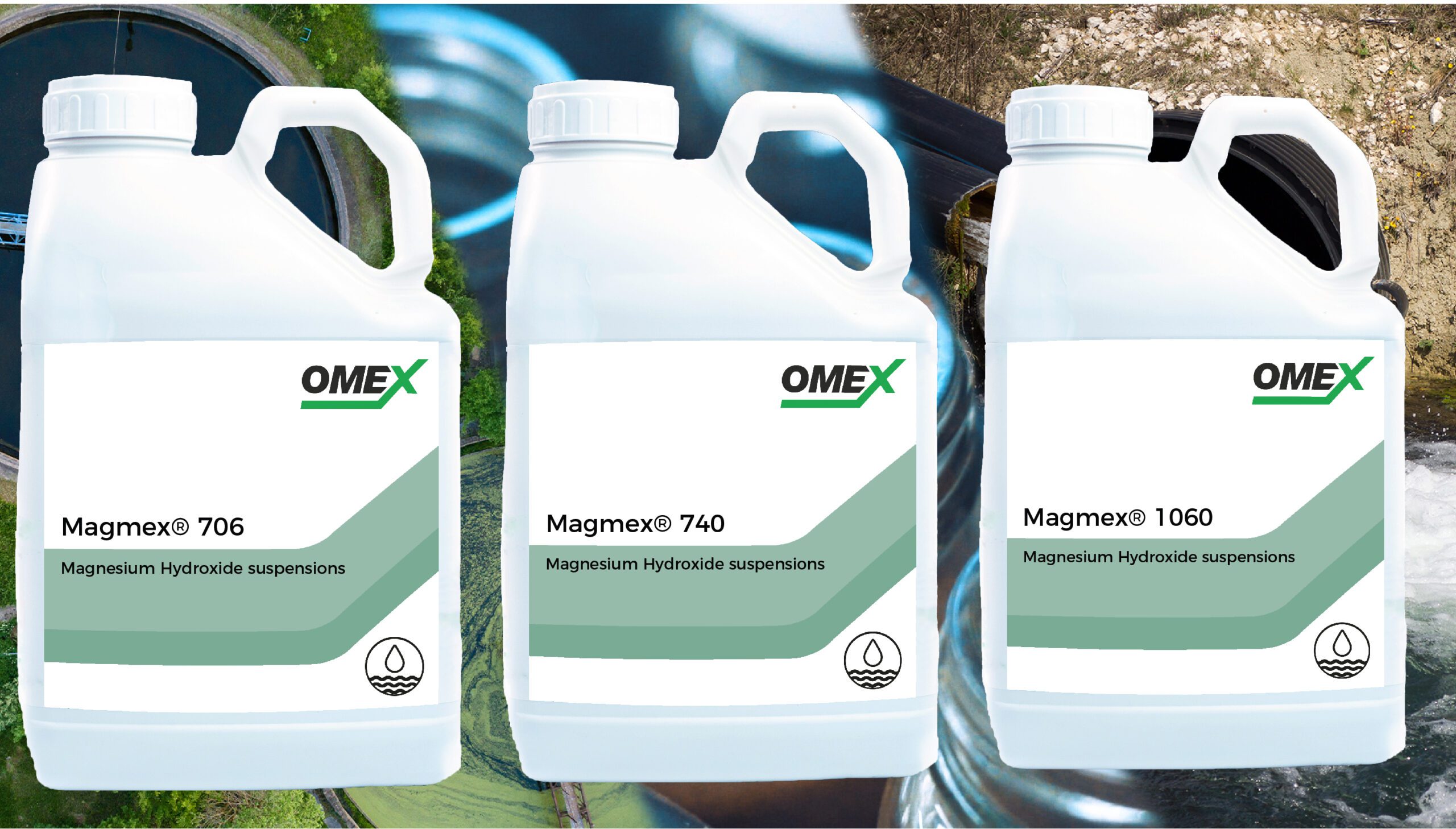What are silage additives?
Silage additives are blends of engineered bacteria in both powder and liquid form that are applied during foraging via a low volume applicator and help to optimise the nutritional quality of the substrates.
These substrates are then either added to an anaerobic digester to assist with good quality and efficient biogas production or added to optimise the nutritional and physical properties of livestock feeds.
How do silage additives work?
These additives help to inhibit the growth of undesirable microorganisms which in turn helps to reduce the production of ammonia and increase the ratios of acetic to lactic acid which in turn helps to reduce fermentation losses, increase clamp and aerobic stability and reduce energy waste.
Why use additives?
- For the economic return on investment.
- To improve fermentation in the silo to give better protein quality and increased sugar content.
- Reduce aerobic spoilage losses.
- Reduce aerobic spoilage.
When should you apply silage additives?
Apply wherever performance from the silage is required.
Are they worth it?
If you are looking to reduce the losses which occur during silage making then definitely! In addition they can improve the stability of silage. The result is improved performance from silage, reduced bought in feed costs and higher profitability
OMEX Environmental market a range of silage additives, pHast®, aimed at both farm and biogas markets.
Additional reading:
Cost savings and improved performance in Biogas with OMEX pHast
Enhanced AD plant performance with silage additives








